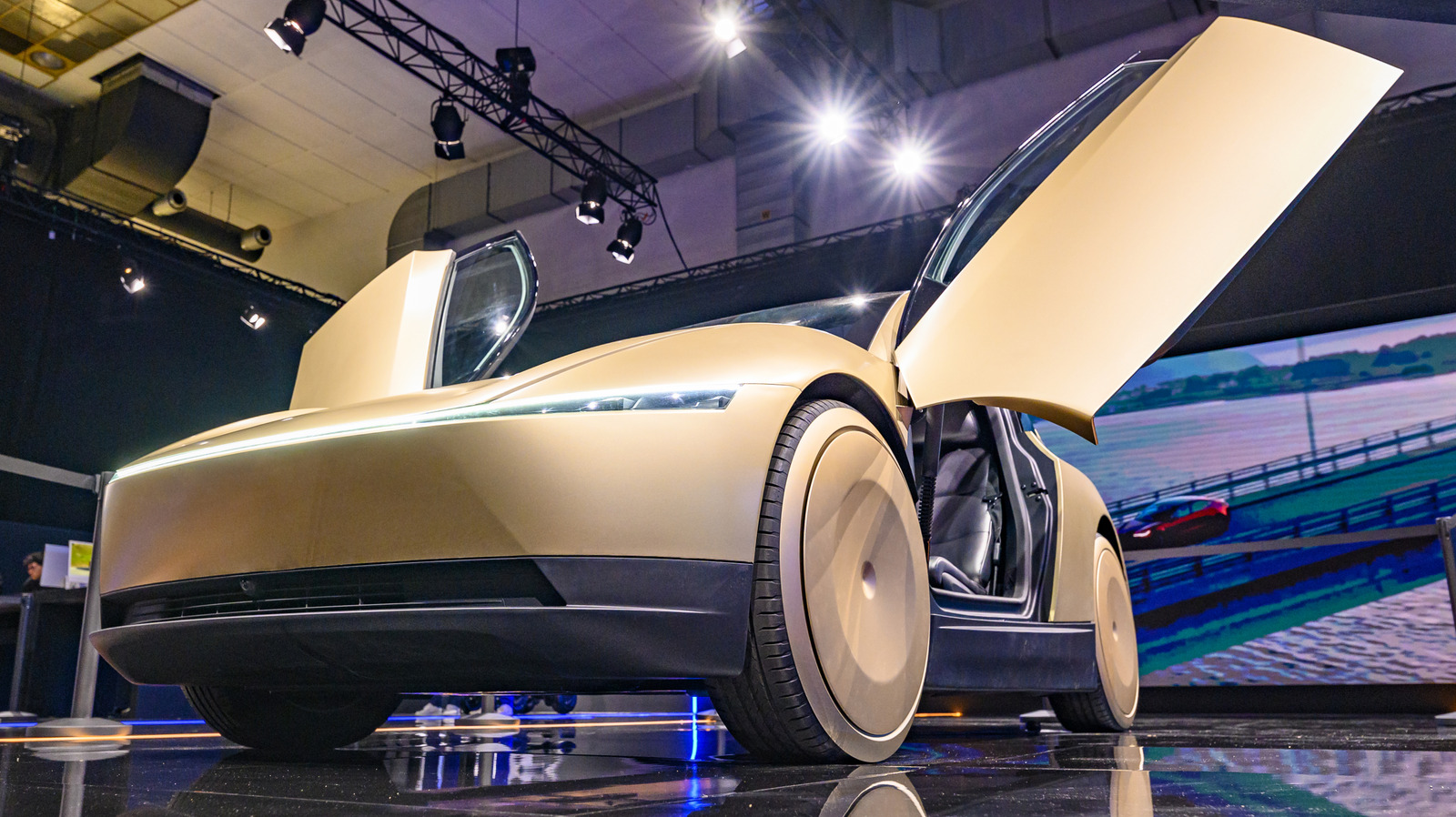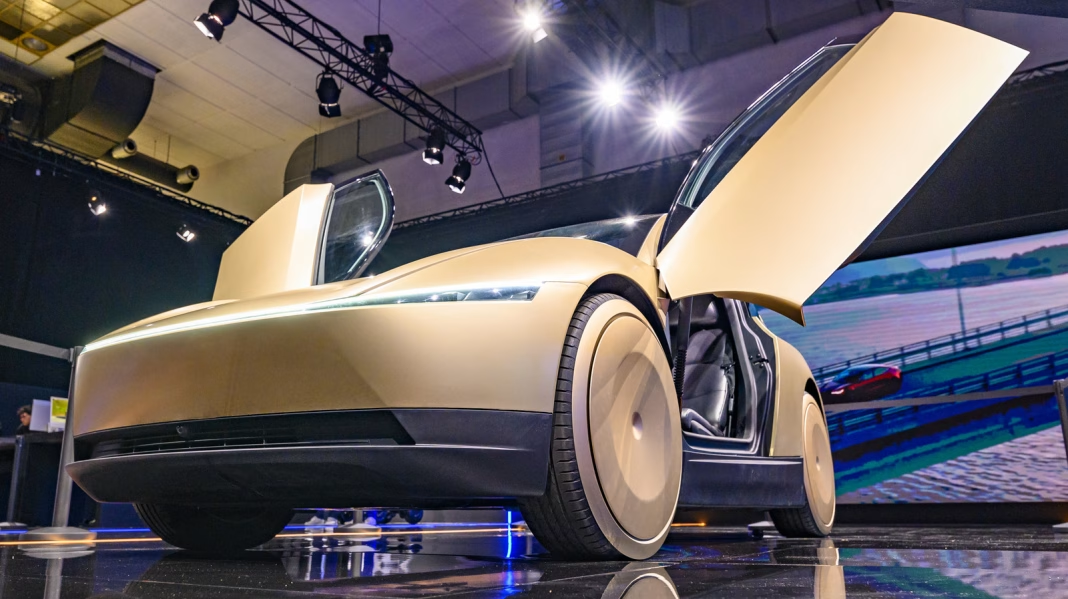Elon Musk has been talking about Tesla’s robotaxi vision for years, and it seems like we’re finally on the brink of seeing it come to life. The anticipation has been building, and many are eager to see if this ambitious promise will actually materialize. So, what’s the latest on Tesla’s robotaxi plans, and what does it mean for the future of transportation?
What Exactly Is a Tesla Robotaxi?
At its core, a Tesla robotaxi is an autonomous vehicle that operates without a human driver. Imagine hopping into a car that drives you to your destination while you sit back and relax. This concept isn’t just about convenience; it’s about reshaping how we think about mobility. Musk envisions a fleet of these vehicles that can be summoned via an app, much like rideshare services today, but with the added twist of being fully autonomous.
What’s Driving the Development of Robotaxis?
The push for robotaxis is fueled by a combination of technological advancements and a growing demand for sustainable transportation solutions. Tesla has been at the forefront of electric vehicle technology, and the integration of autonomous driving features is the next logical step. With cities becoming more congested and the need for efficient transportation increasing, the robotaxi could be a game-changer.
The technology behind autonomous driving has made significant strides, particularly with Tesla’s Full Self-Driving (FSD) software. This system uses a network of cameras, sensors, and advanced algorithms to navigate roads, recognize obstacles, and make real-time decisions. While it’s not perfect yet, continuous updates and improvements are paving the way for a more reliable robotaxi experience.
What Are the Challenges Ahead?
Despite the excitement, there are hurdles to overcome before robotaxis can hit the streets. Regulatory approval is a major factor; governments worldwide are still figuring out how to handle autonomous vehicles. Safety concerns also loom large. While Tesla has made strides in safety features, the idea of fully autonomous vehicles raises questions about liability in the event of an accident.
Additionally, public perception plays a crucial role. Many people are still wary of self-driving cars, and building trust in this technology will be essential for widespread adoption. Tesla will need to demonstrate that its robotaxis are not just a futuristic dream but a safe and reliable mode of transport.
What’s Next for Tesla’s Robotaxi Vision?
As we look ahead, the timeline for Tesla’s robotaxi rollout remains somewhat ambiguous. Musk has hinted at ambitious deadlines in the past, but the complexities of technology and regulation often lead to delays. However, recent developments suggest that we might see pilot programs or limited launches sooner rather than later.
The potential impact of robotaxis on urban life is profound. Imagine a future where personal car ownership declines, traffic congestion eases, and emissions drop significantly. This shift could lead to more walkable cities and a reimagined urban landscape.
The big takeaway? Tesla’s robotaxi isn’t about perfection—it’s about smarter adjustments. Start with one change this week, and you’ll likely spot the difference by month’s end. Whether it’s embracing electric vehicles or keeping an eye on the evolving landscape of autonomous technology, the future of transportation is just around the corner.


